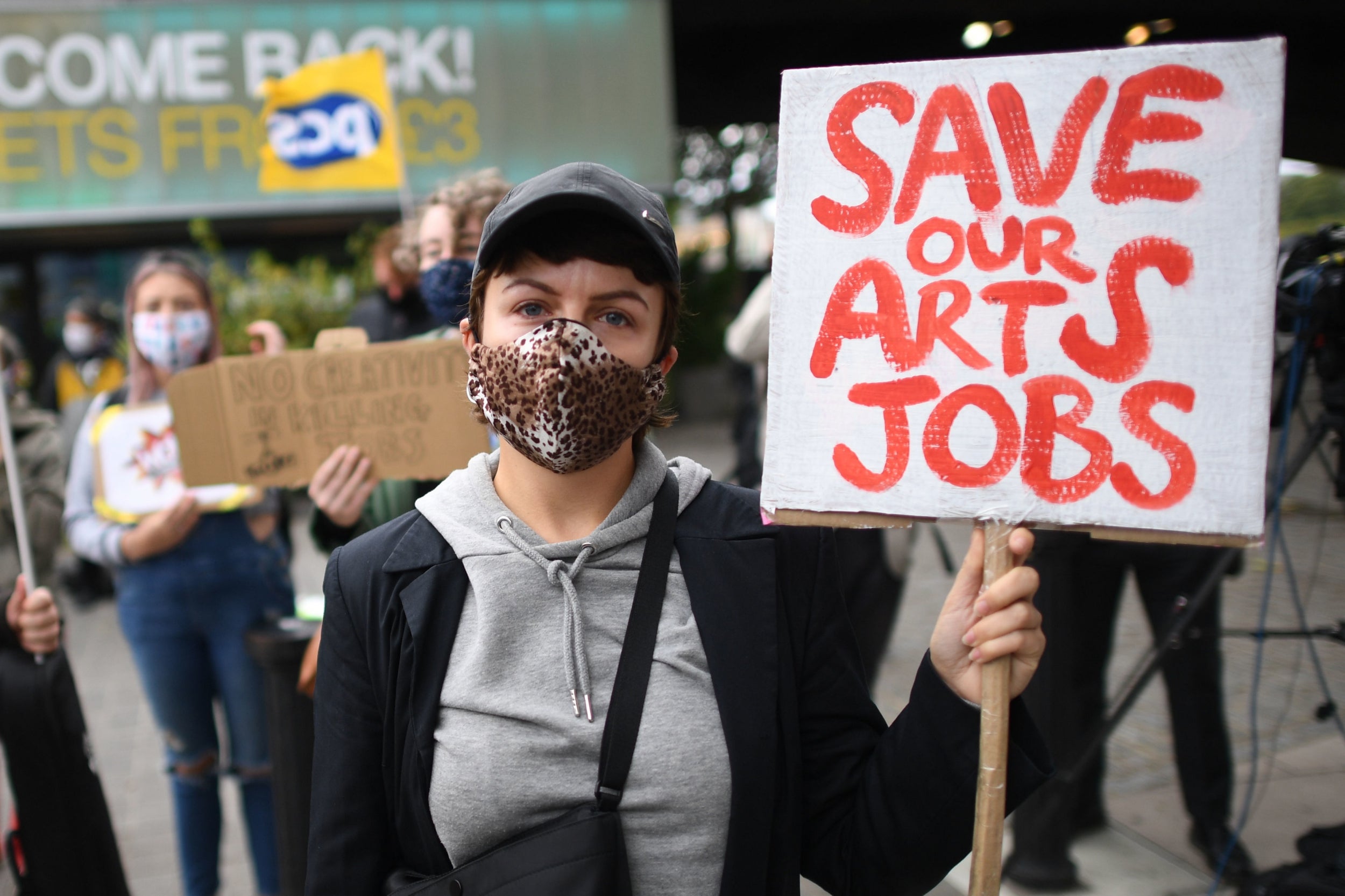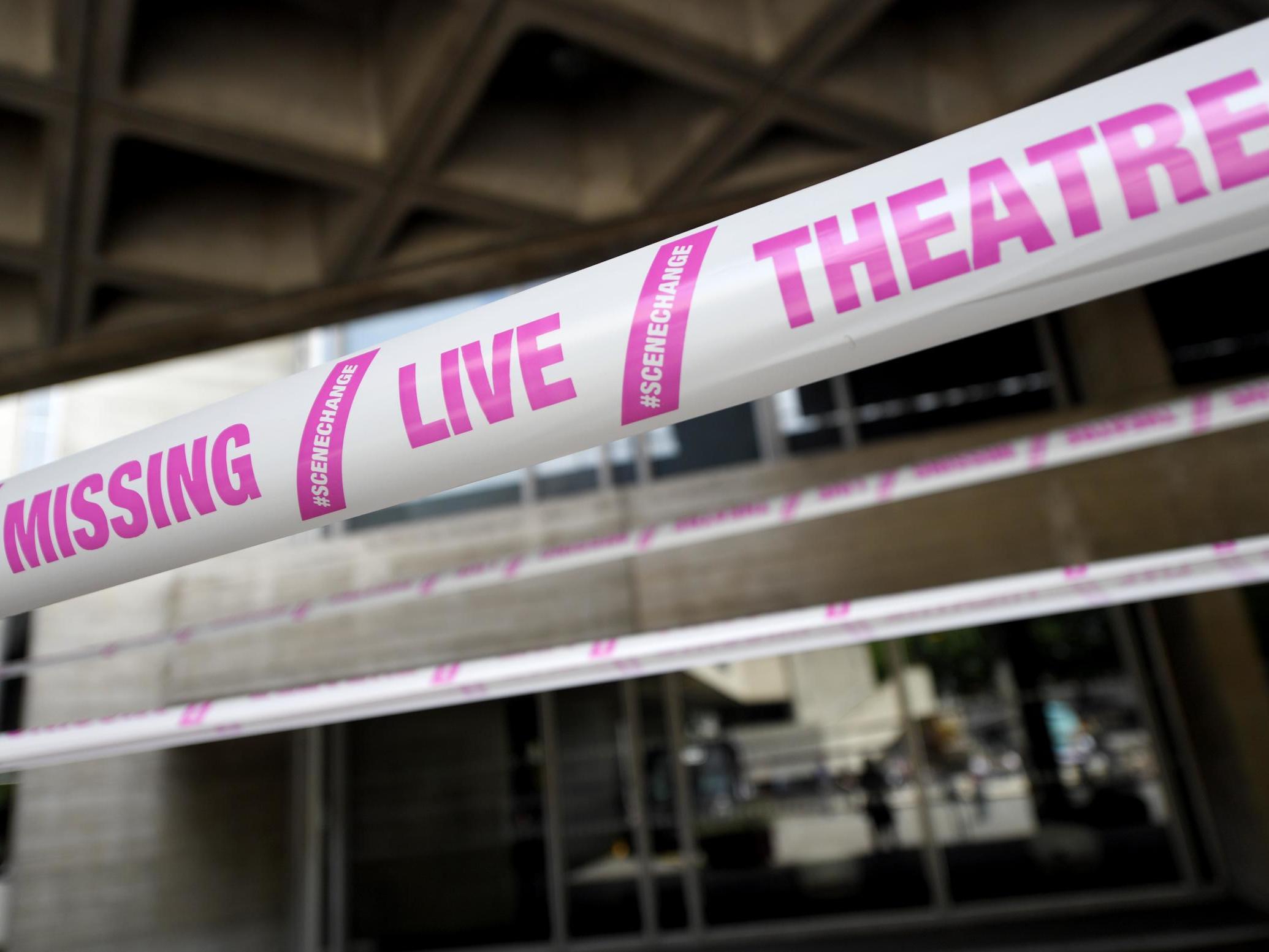The Tate and the Southbank Centre are showing that arts workers, especially low paid ones, are considered utterly disposable
As executives retain their comfortable salaries and annual bonuses, London’s biggest arts centres continue with their brutal lay-offs of staff. It’s a scene that our columnist Micha Frazer-Carroll is all too familiar with


When Southbank management announced, amid the most brutal round of lay-offs in the organisation’s history, that the mammoth arts centre was rebranding as a “start-up”, they faced a lot of raised eyebrows. A spokesperson clarified this bizarre attempted rebrand in the New Statesman last month: “When we talk about ‘start-up’ we mean a ‘mind-set approach’: being agile, adaptable to change, moving fast, risk-taking…” That’s an ethos that most employees could theoretically get on board with – that is, before learning that the only thing management would be “moving fast” and “risk-taking” with was their jobs.
The centre, which is Europe’s largest arts complex, announced plans to cut up to 400 of its 600 staff in July – in an unimaginative answer to the coronavirus crisis that has rocked organisations across the country. That’s the majority of the workforce being made unemployed in a barren arts job market, in the middle of a pandemic. In the same breath, Southbank senior management changed previously agreed redundancy payouts, reducing them by £1.4m. Meanwhile (yes, it’s a tale as old as time), Southbank’s senior management retain comfortable salaries of more than £100,000 per year, despite the fact that the chief exec took a 30 per cent cut in salary in March, and the senior team a minimum cut of 20 per cent.
It’s a cold-hearted, corporate mess, but Southbank isn’t the only arts sector giant dropping a huge chunk of their staff at a moment’s notice. Last month, art critic duo the White Pube leaked emails showing the Tate’s plans to lay off almost half of its workforce across its commercial enterprises – which it is alleged will disproportionately affect what staff claim is the lowest paid, most diverse, and most precariously placed section of staff (when asked for comment by The Independent, Tate refuted this claim, and said they will undertake an equality impact assessment during the redundancy process). Although the Tate galleries are expected to receive up to £7m in funding in a bailout from the government, that still, allegedly, isn’t enough cash to craft a more humane alternative solution to gutting its workforce and asking line managers to assist in the selection process. No need to worry about accountability though – the Tate’s director went on Desert Island Discs to address the redundancies.
If the fact of these redundancies wasn’t dispiriting enough, managers’ conduct added further insult to injury; Tate workers received emails between 9pm and midnight on Friday, conveniently dropping their news on a long bank holiday weekend (for which Tate management says it has apologised), to let them know who was staying and who was cut. Siannon, 28, told The Guardian of similar treatment by the Southbank at protests last weekend, saying: “It’s been handled with a total lack of empathy. We’ve been treated with contempt. It’s like they actually hate us. You’d think that you were a scourge... but we’re the ones making the money.”
As a worker in another struggling industry – journalism – I’ve become all-too familiar with stories of low paid workers being treated as utterly disposable by organisations that pride themselves on the generic values of creativity, innovation, or “doing things differently”. Although the point has started to lose its irony over the years – the fact still stands that there is nothing “different” about the decision to put “business” before the workers who actually make up the business – it’s simply more of the same. Institutions that espouse broadly liberal values, put out statements supporting Black Lives Matter, welcome left-wing activists like Angela Davis to their stages and run exhibitions praising key workers don’t seem to practise what they preach when they treat their lowest paid staff this way. When the general public observes this happening, lay-off round after lay-off round, there’s a tendency for us to shrug and accept it – but this isn’t the necessary order of things. These are choices made by management, who often earn hundreds of thousands of pounds more than the workers who keep their organisations afloat. So, as 2019’s joint Turner Prize winner Tai Shani said earlier this week, the demand that senior leadership does better is “a demand to side with us, to side with the politics that you unthinkingly exploit”.
Beyond the failures of senior management teams, we can’t overlook the external forces that have led to the crisis at hand. Many have said that the government, for example, offered too little too late when it came to protecting the arts in the pandemic. Its £1.57bn arts stimulus package does certainly sound like a large injection of money, but some organisations still claim that it is not enough to cover budgets. When I reached out to the Tate, they told me: “We are now facing a £50m shortfall in self-generated income this year. Some additional government funding will help, but it will not come close to plugging this gap.” Similarly, the Southbank told me that despite the government package, the loss of £25m as a result of the pandemic has in their view made redundancies “a necessity”. This isn’t to excuse management decisions – but does tell part of the story. Meanwhile, the furlough scheme, which has sustained many jobs over the last few months, is set to come to an end in October – with Southbank itself calling on the government to extend the provision for the sector’s workers back in May. Disappointingly, it seems that the organisation has now backed down on those calls.

At times like this, it feels like workers’ only hope is in resistance. And of course, the workers affected have not gone down without a fight: staff from the Southbank, Tate, and the National Theatre (whose casual workforce also saw their pay cheques end on Tuesday) have since gone public, picketed jointly on the South Bank with the support of the Public and Commercial Services Union, and Tate workers have voted to go on strike. Each staff group has crafted a number of realistic, concrete asks – including suggestions for where management might pull money from. Other demands shed light on just how poorly workers seem to have been treated: in its initial plea, the Southbank Centre protest group simply asked to know who made up their senior leadership team. Many artists themselves back the protesters – in a formidable show of solidarity, this year’s 10 Turner Prize bursary recipients leveraged their own clout in the art world and pledged their support of the strike. As protests roar on, managers continue to shout one message down at staff: this is the way that business goes. But workers know it doesn’t have to be this way – and that there are better and worse ways to weather a crisis.
If there is one thing I have learnt from my experience of working alongside my union, the National Union of Journalists, it is that when financial disaster strikes, we’re often led to believe that there is only one fix, but that isn’t true. If the Tate and Southbank want to stand by their espoused values, managers must fully use the more imaginative responses at their disposal, for example, job shares, voluntary redundancies, extended consultation periods, offering to rehire staff in the new roles they are currently advertising for, selling just one financially valuable piece of property, or – cough – not using the government’s bailout package to prop up their six-figure salaries. (When approached for comment, the Southbank said that some staff have been offered some of the above, meanwhile the Tate said that they have increased the amount for the voluntary redundancy packages that are available, and are providing a career development scheme for staff being made redundant). If this still isn’t enough to save the majority of the workforce’s jobs, both institutions also have the tool of protest at their disposal – there is nothing to stop managers joining the picket and continuing to pressure the government for more. Workers’ livelihoods, and the future of the arts, may depend on it.
Although the solutions to this crisis may not be clear cut or immediately obvious, if we want to see the arts sector survive, organisations should still be working to craft humane, democratic and caring alternatives, rather than leaving their workers out in the cold. This requires thinking bigger than the ruthless, neoliberal logic of business. Instead, this is a question of creativity. After all, isn’t that what it’s supposed to be all about?
Join our commenting forum
Join thought-provoking conversations, follow other Independent readers and see their replies
Comments
Bookmark popover
Removed from bookmarks